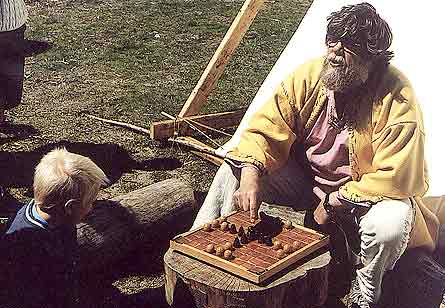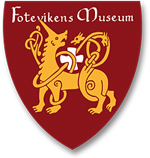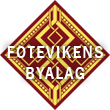Games during the Viking age
What is HNEFATAFL?
By Sven Hansson
Hnefatafl is a board game played during the Viking age. The game is often mentioned in the Icelandic tales. The game appears to have had the same high reputation that chess has today, and being a skilled hnefatafl player gave high status. Hnefatafl was played on a squared board with an odd number of squares, e.g. 9x9 or 11x11. The board thus has a clear centre square.
The pawns in the game represented two armies. The first force was made up of a chieftain (hnefi) and his aides, the defenders. The other force is made up of one type of pawns, the attackers. The attackers were always twice as many as the defenders. At the start of the game the chieftain and defenders were placed in the centre of the board while the attackers were placed along the edges of the board. The chieftain, which was larger than the other pawns, started in the centre square. He and the defenders were under siege by the attackers.
The goal for the chieftain was to break out of the board to flee. If this succeeded the beseiged player won. The attackers won if they could prevent a breakout and capture the chieftain.

How hnefatafel was played was long unknown. During the Middle ages the game was pushed aside by chess and forgotten. Even though the game is mentioned numerous times in the Icelandic tales there were not enough information in these texts to make a reconstruction.
There are also several archaeological finds of game pawns. These finds were made in graves in Birka and gives us information about the number of pawns and the relative strengths of the game armies. Unfortunately no finds of game boards from the Viking age have been made. In the manuscripts of his Lappish journey Carl von Linné describes a game, which he called "tablut". This game, which he witnessed some Sami men play in Kvikkjokk 1732, shows large similarities with what we know of hnefatafl. It is apparently either the same game or a closely related one.
Using Linné's description you can thus make a working reconstruction of hnefatafl. Linné called one side Swedes and the other Muscovites, labels that have been kept in the rules below.

There are unfortunately some uncertainties in Linné's description of the game, and thus different attempts to reconstuct it differ slightly from each other. When Riksutställningar made an exhibition of games in 1972 a reconstruction of the game was made. Plays have proven these reconstructed rules to provide a well functioning and exciting game.















